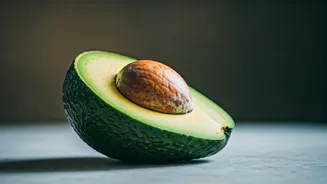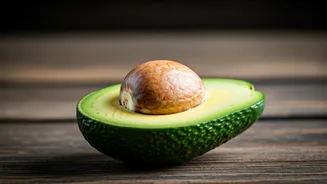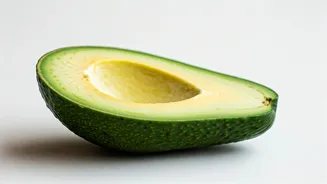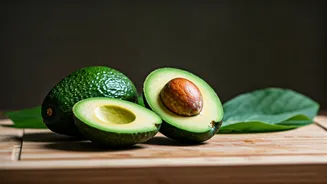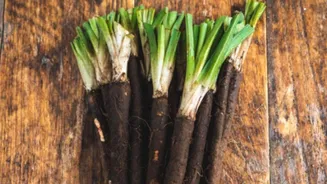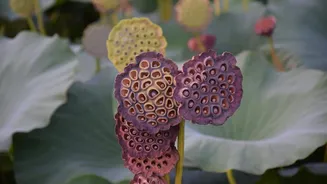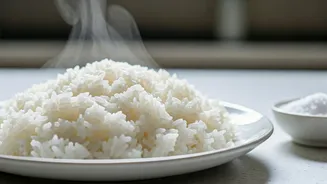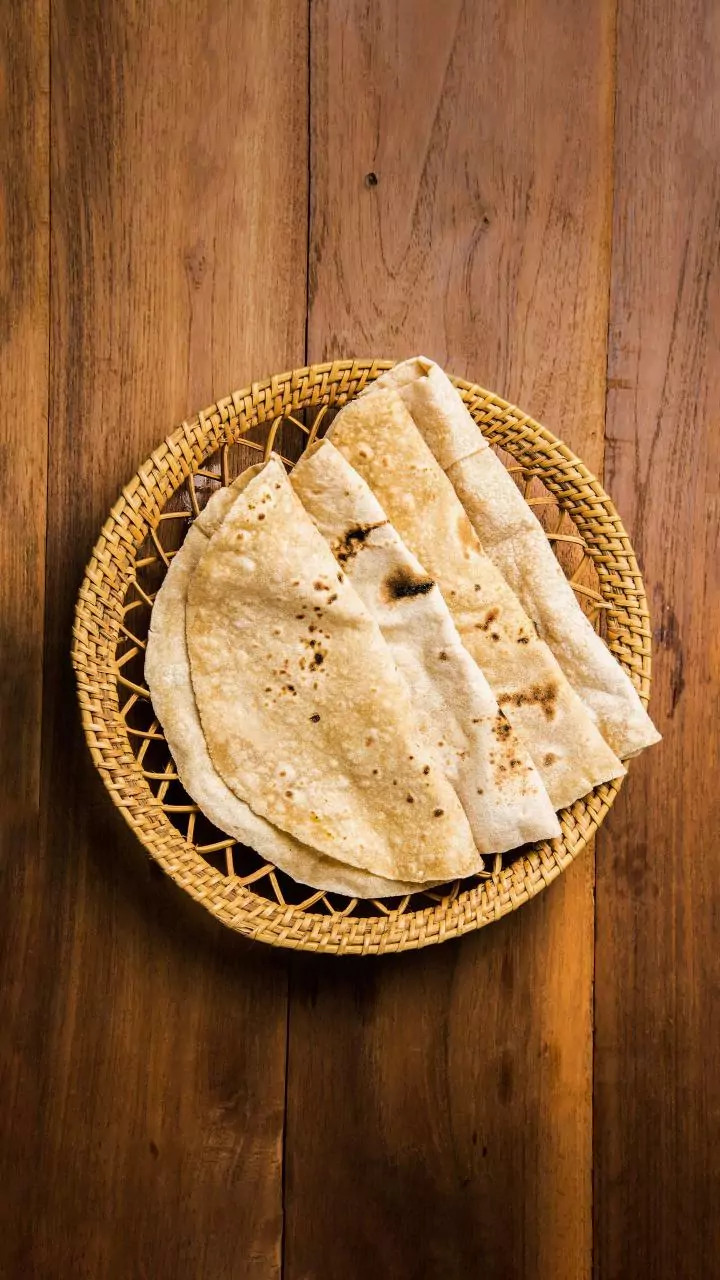The Color Factor
The first clue to an avocado's ripeness often lies in its skin color. While there isn't a one-size-fits-all rule due to varying varieties, a general understanding
is key. For Hass avocados, the most common type, a shift from bright green to a dark green or even a purplish-black usually signals ripeness. However, other varieties might have different color cues. For instance, some stay green even when ripe. So, the color is a helpful indicator, but it’s not the only factor to consider, and it's essential to understand the specific avocado type you're dealing with. It's also important to note that the color change can be affected by storage conditions and the environment it's stored in.
The Texture Test
Next to color, the texture of the avocado provides vital information. Gently pressing the avocado gives a sense of its readiness. A ripe avocado should yield gently to slight pressure. If it's too hard and doesn't give at all, it's not ready. If it feels overly soft or mushy, it may be overripe. The right texture is critical; it should feel like you're gently squeezing a ripe peach or a slightly firm, but not hard, plum. This tactile assessment is often the most reliable way to judge ripeness, particularly when combined with visual cues. Keep in mind that the pressure should be light and gentle to avoid bruising the fruit. Bruising affects the taste and texture of the avocado.
Stem Inspection Method
The stem area, where the avocado was attached to the tree, is another valuable indicator. Carefully remove the small stem cap at the top of the avocado. If the area underneath is green, it's a good sign that the fruit is ripe. If the stem comes off easily and reveals a brown or dark spot, the avocado is likely overripe, and might have started to oxidize. If the stem won’t budge, the avocado is probably not yet ripe. This method provides direct access to the avocado’s flesh, offering a clear signal of its current condition, providing a quick and easy way to gauge ripeness. Always handle this area with care so as not to damage the rest of the avocado.
Feel for Weight
When choosing an avocado, the weight can sometimes provide an additional clue. A ripe avocado will feel heavy for its size. This is because the flesh is fully developed and contains a good amount of moisture. This method is, however, more of a supporting factor, not a primary one. Consider comparing avocados of similar size; the heavier one is often the riper one. This is because the flesh inside has reached its peak development. Keep in mind, however, that the weight alone cannot determine ripeness; it should be used in conjunction with other methods, such as feeling the texture and inspecting the color. Furthermore, differences in avocado varieties might affect their weight and density.
Storage & Ripening
Once you've selected your avocados, understanding how to store them is important. Unripe avocados should be stored at room temperature to allow them to ripen. Once ripe, you can put them in the refrigerator to slow down the ripening process. This can extend their shelf life by a few days. To ripen an avocado more quickly, you can place it in a paper bag with an apple or banana. These fruits release ethylene gas, a natural ripening agent, which will speed up the process. Checking the avocado regularly helps prevent them from becoming overripe. By managing the ripening process correctly, you can ensure that you have perfectly ripe avocados whenever you need them.
